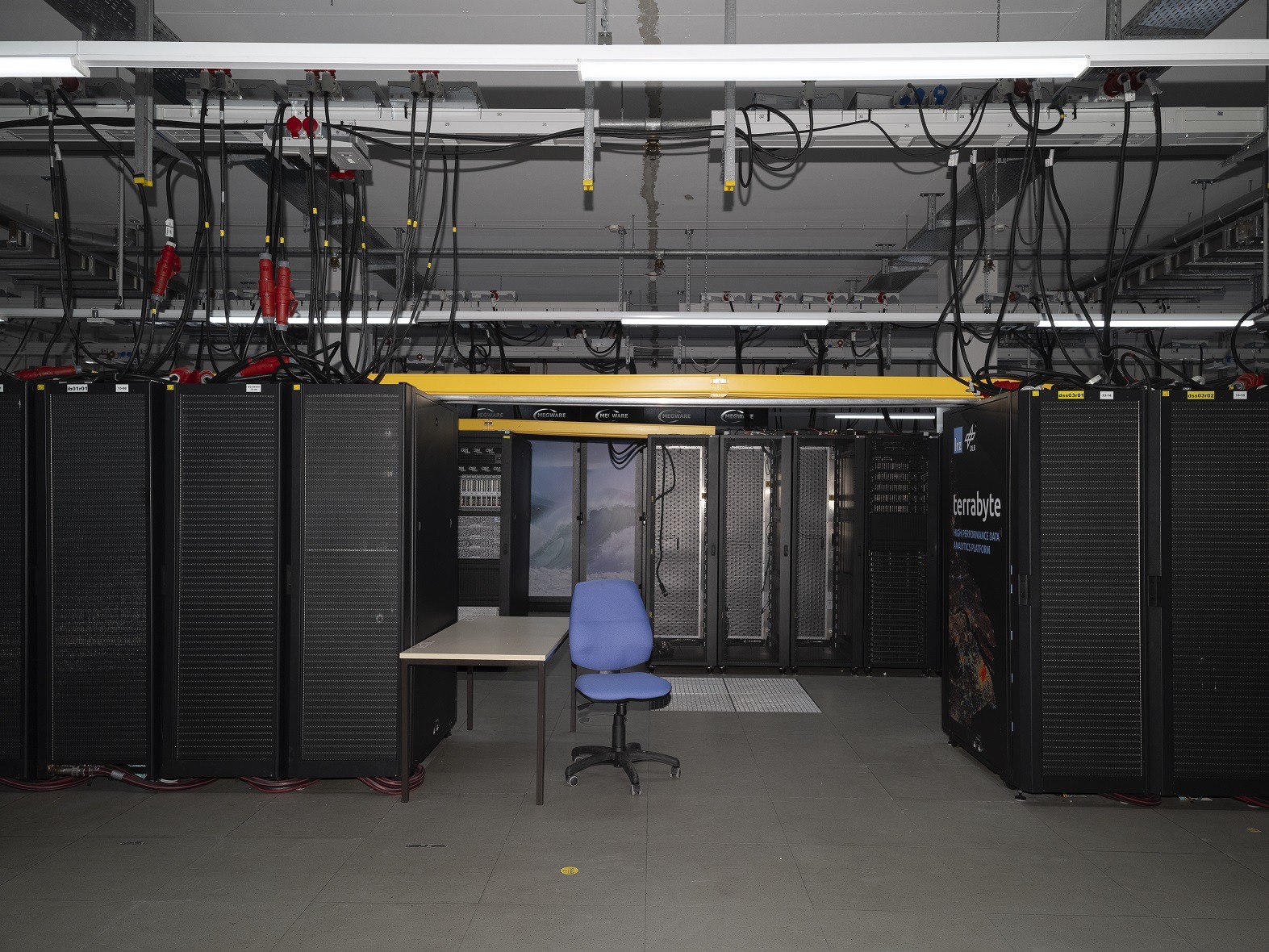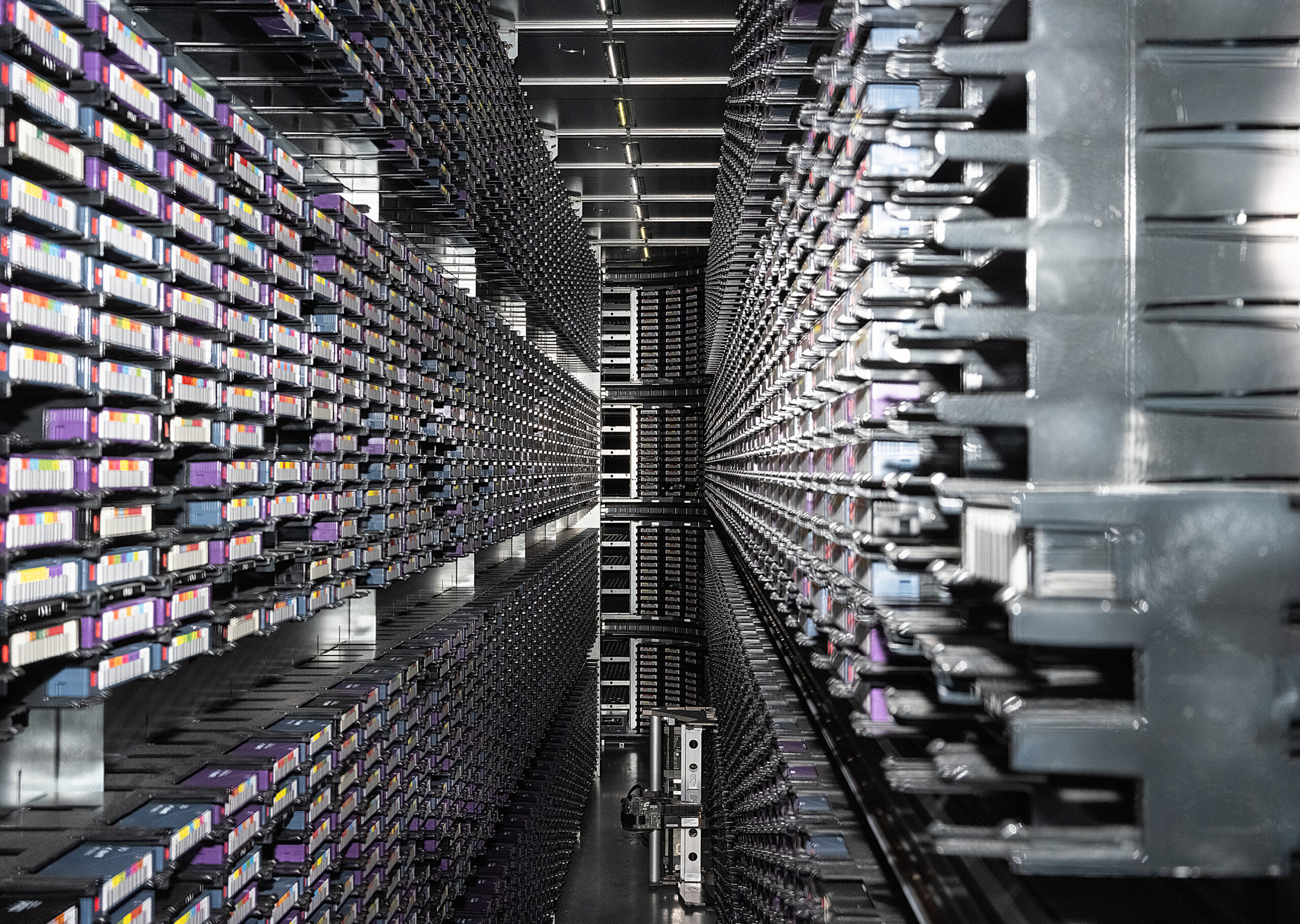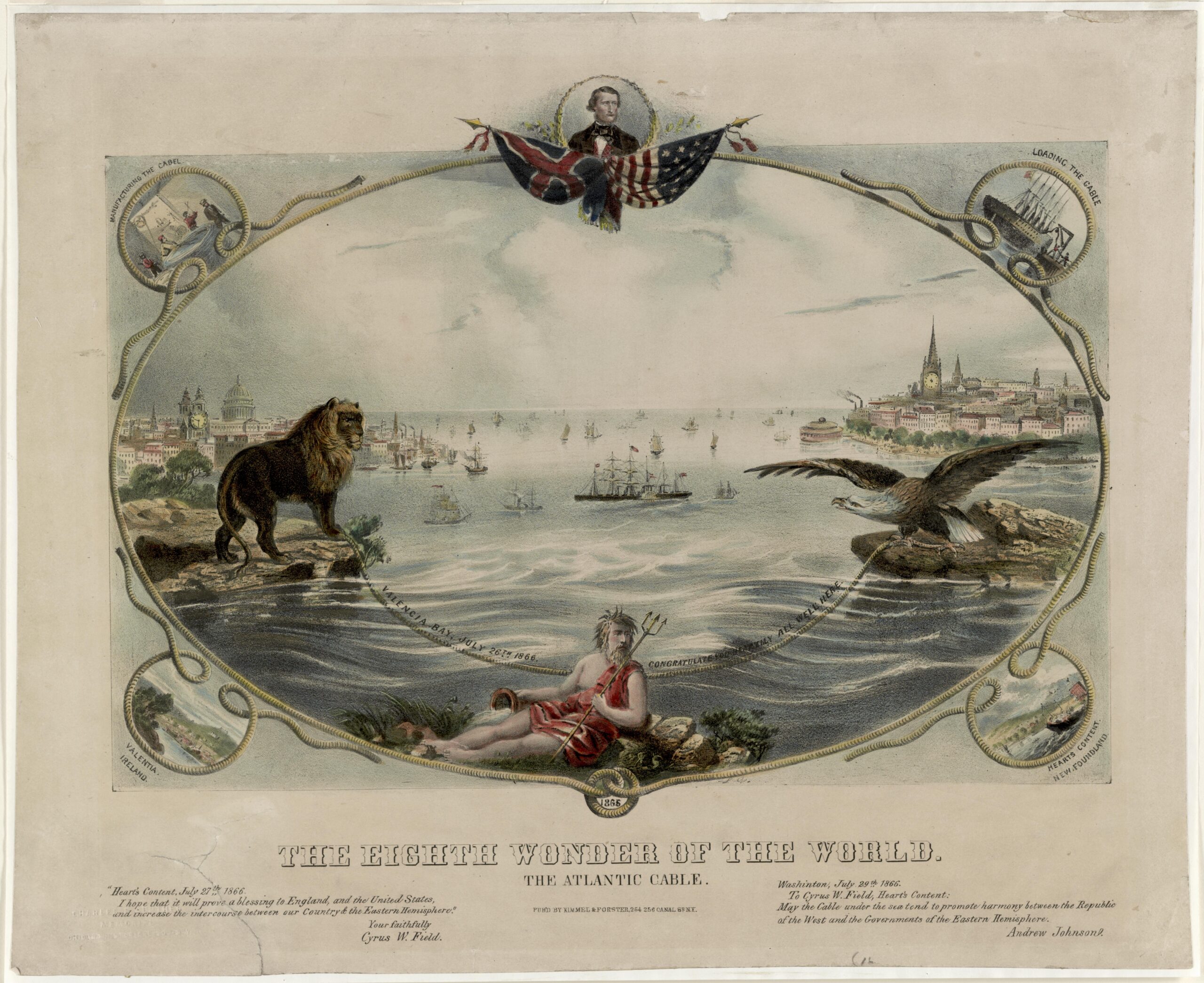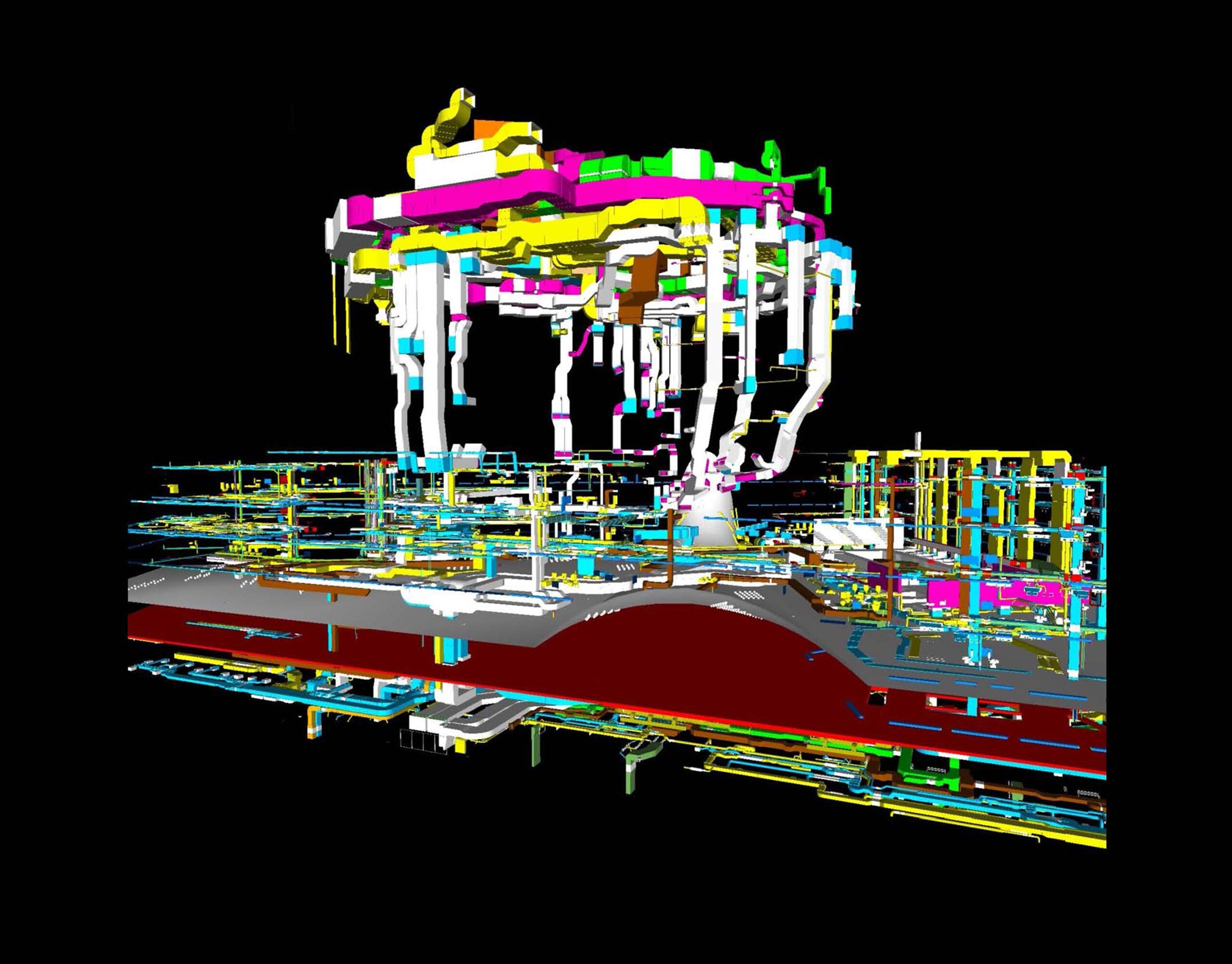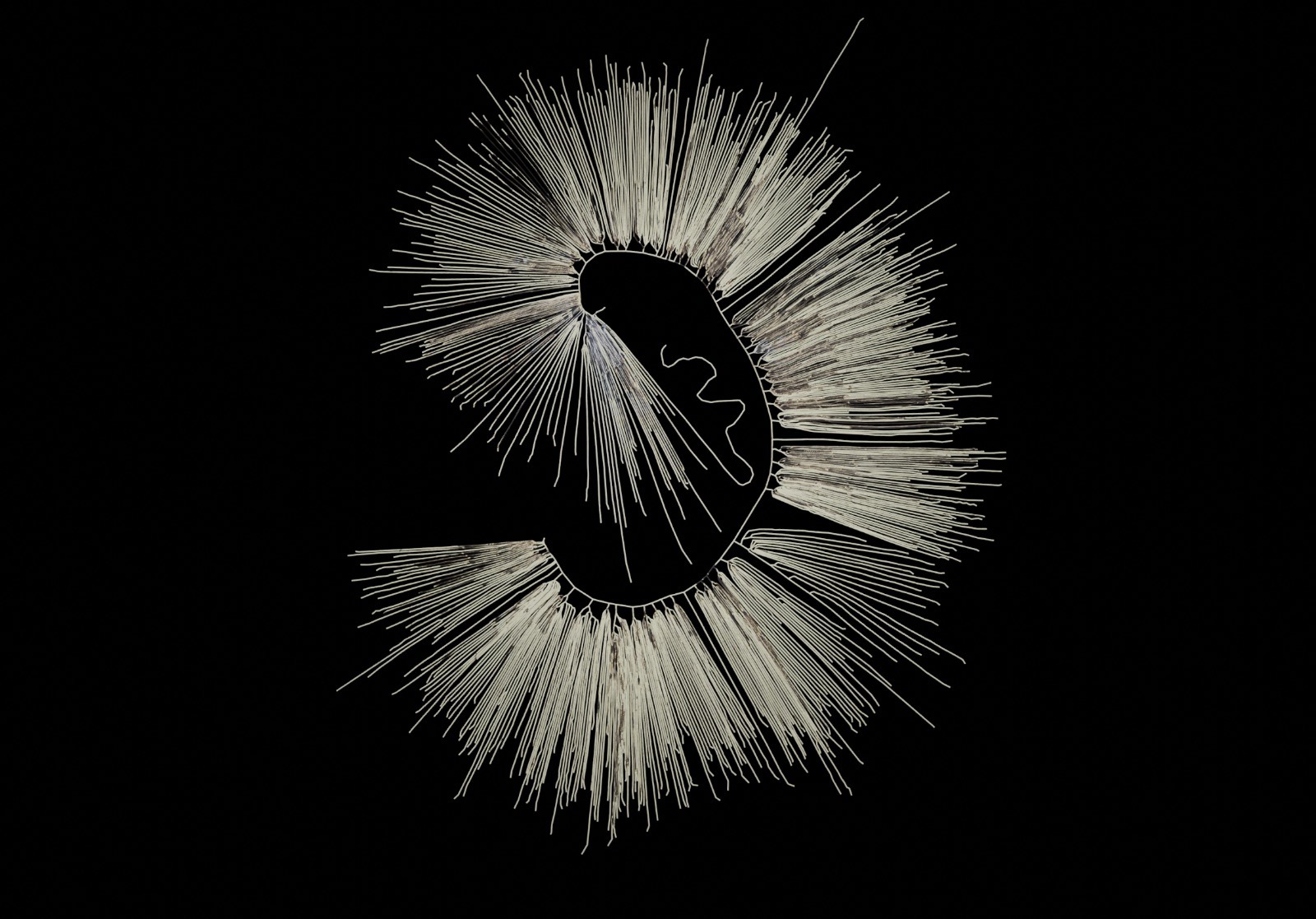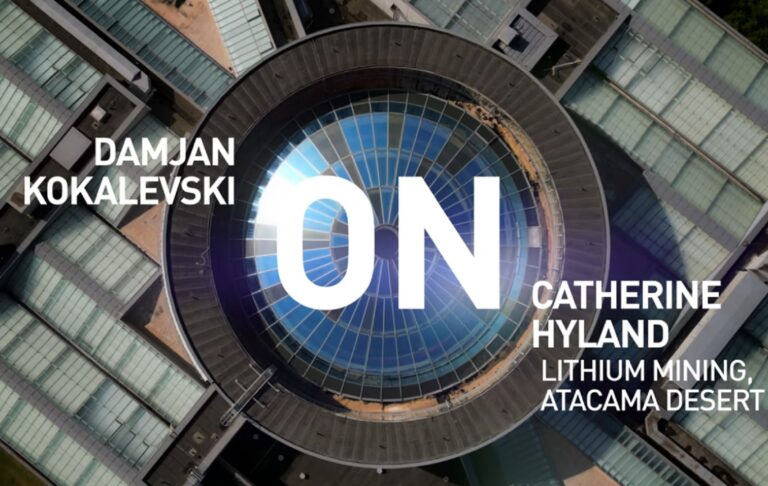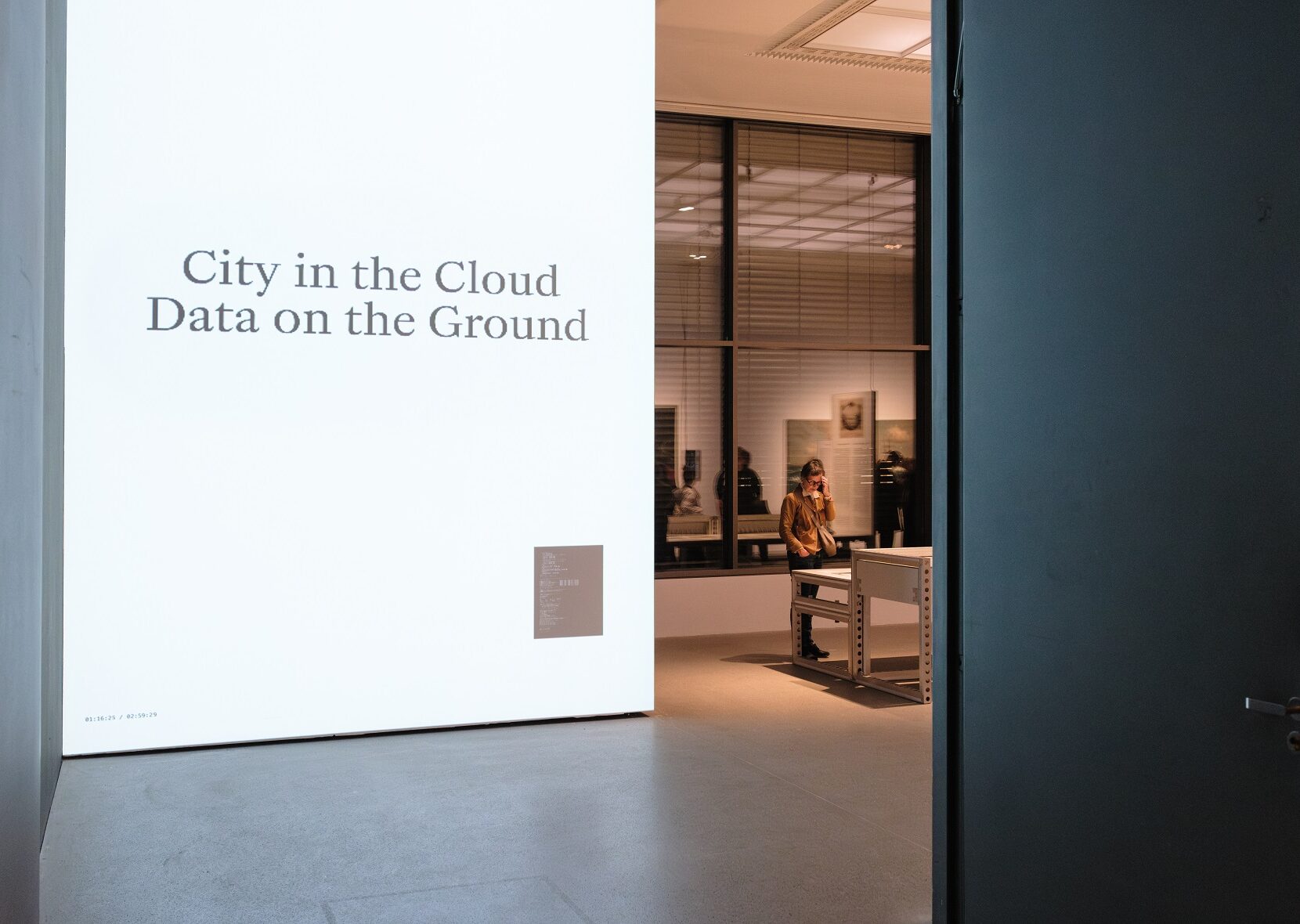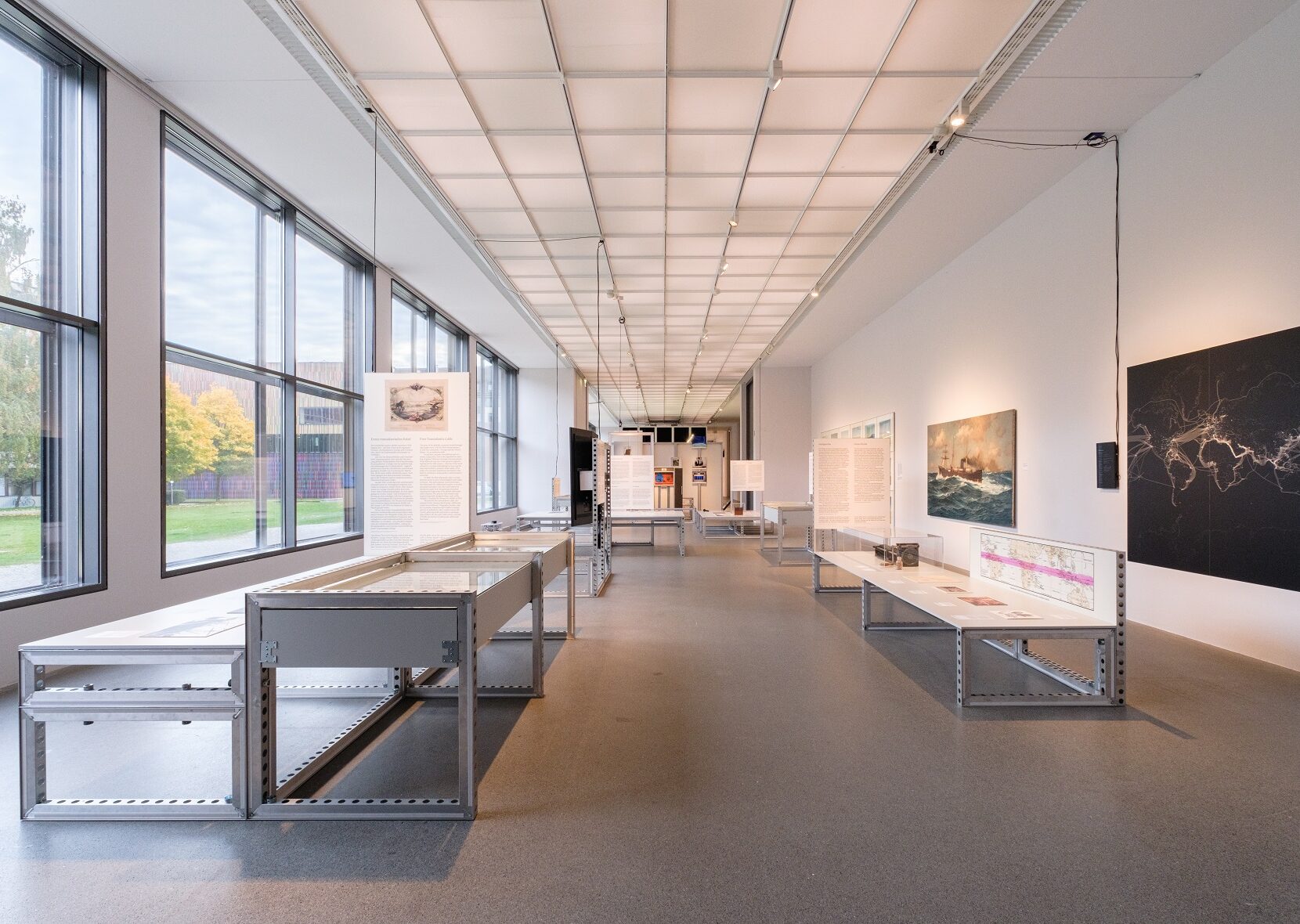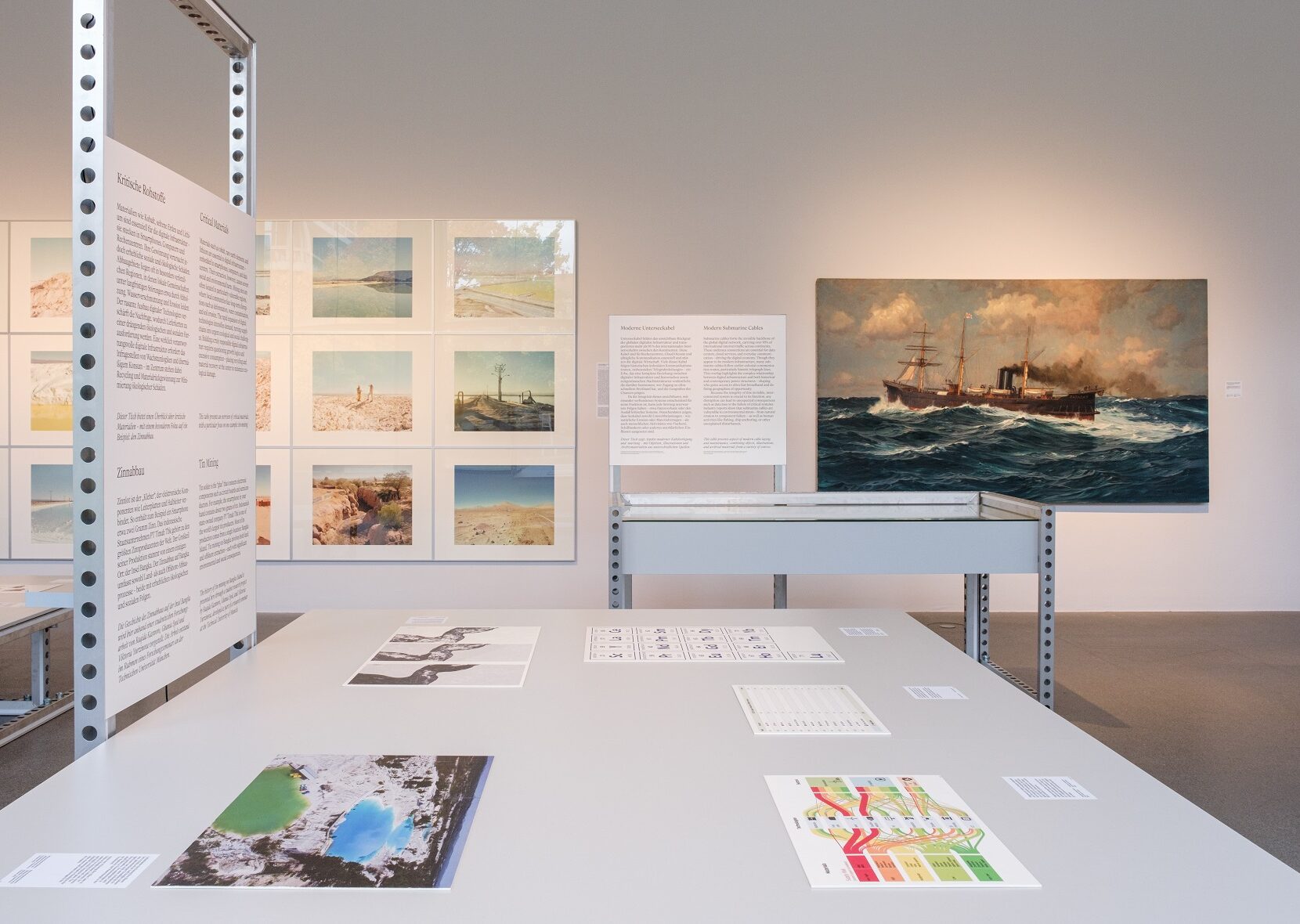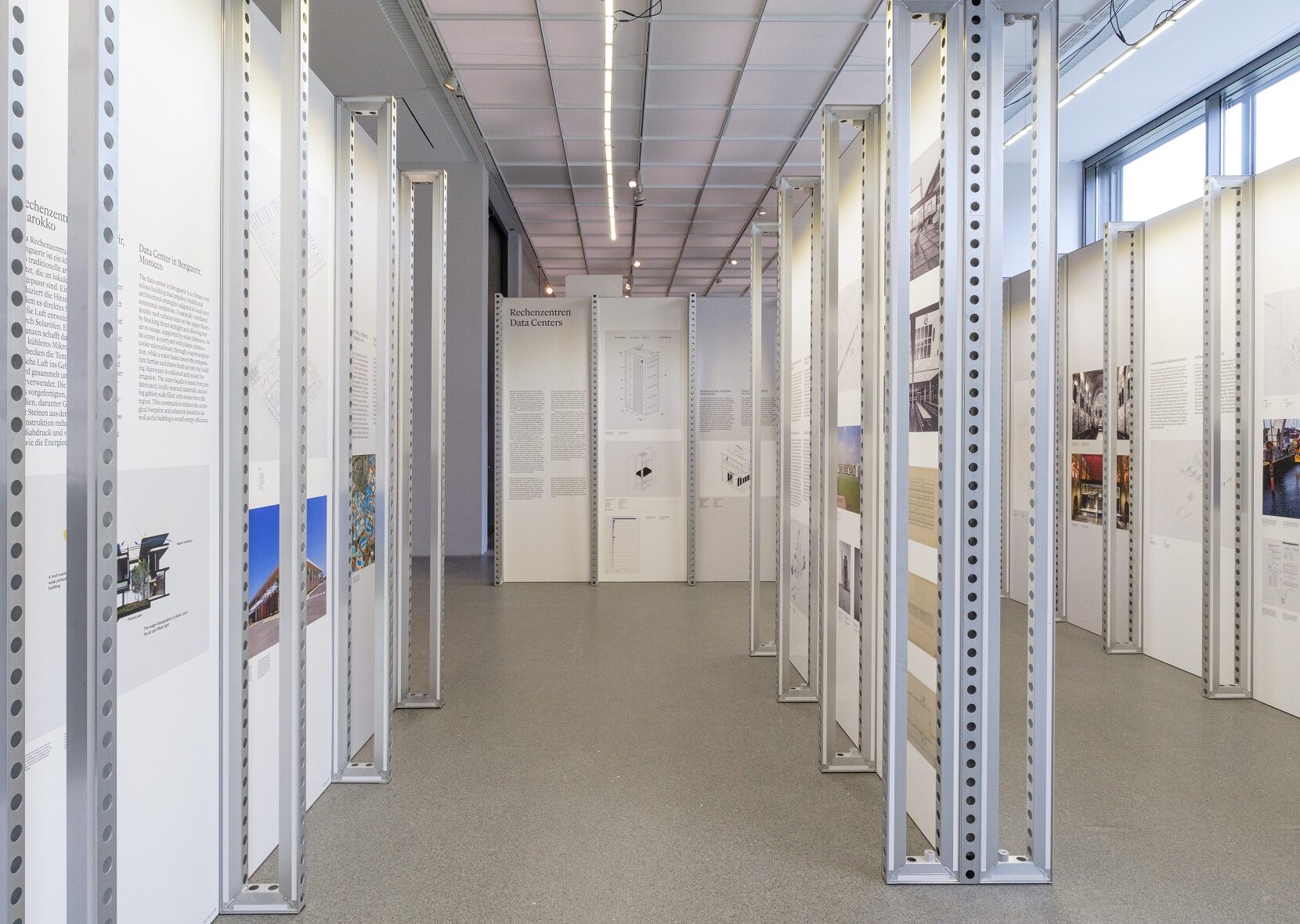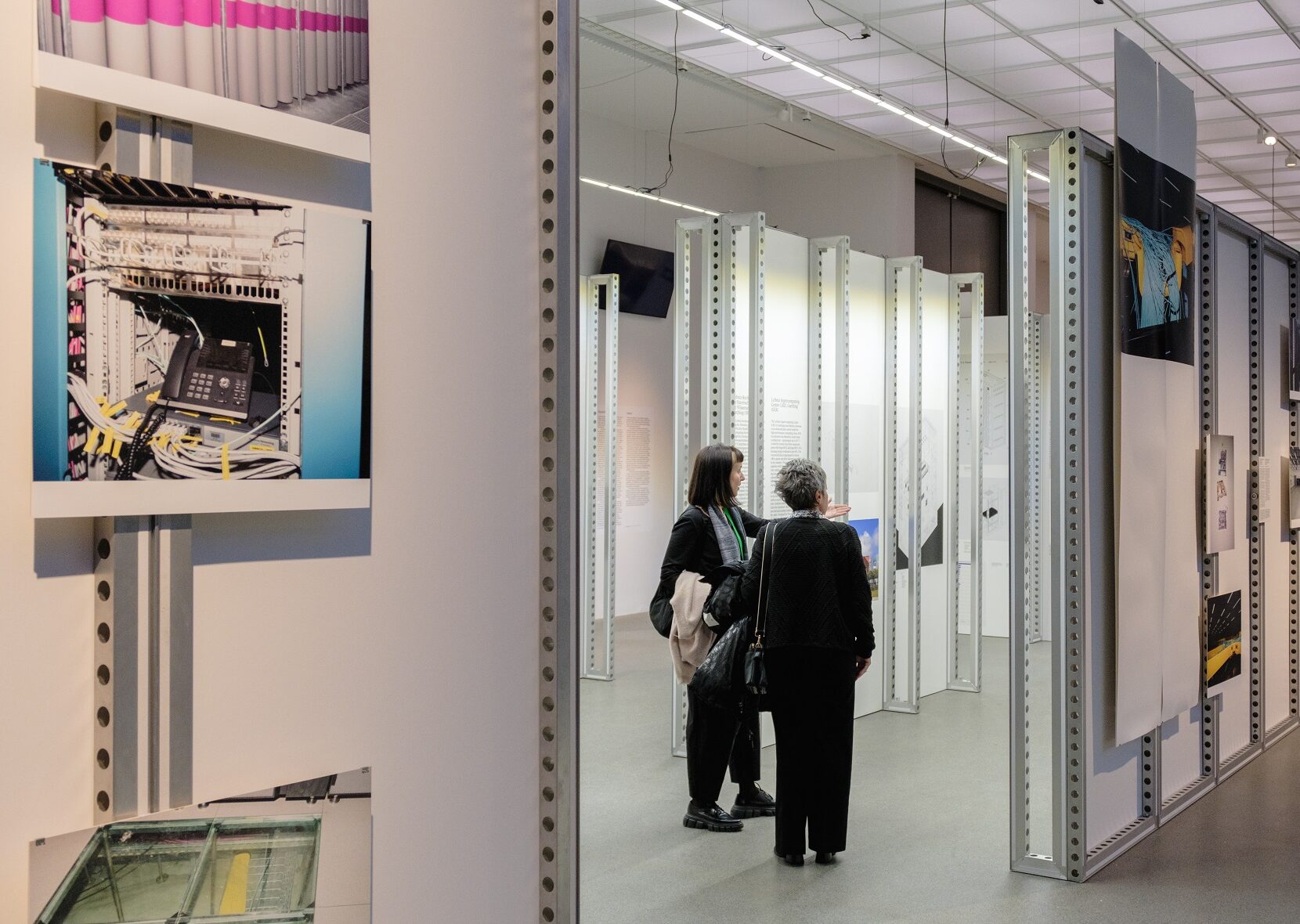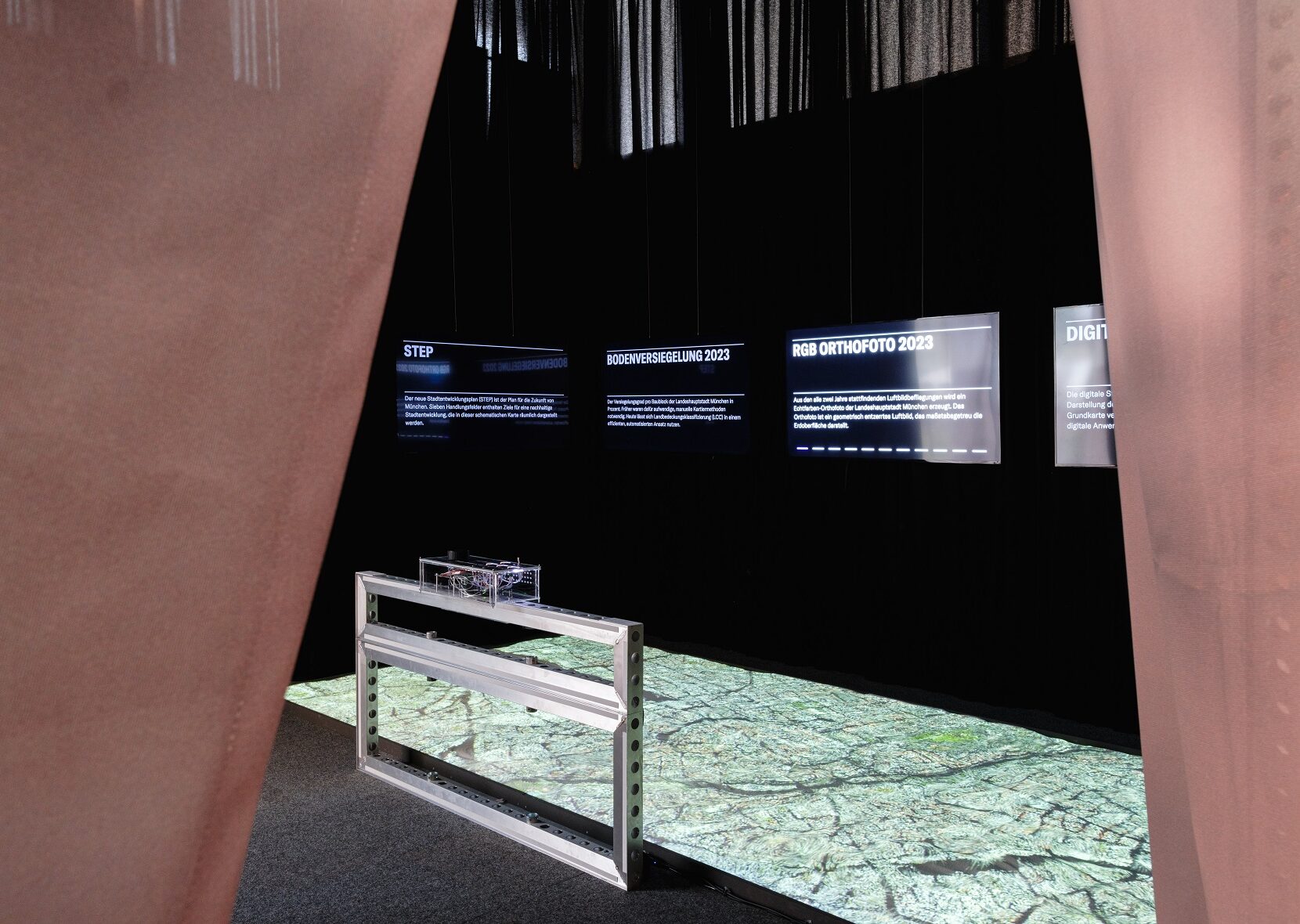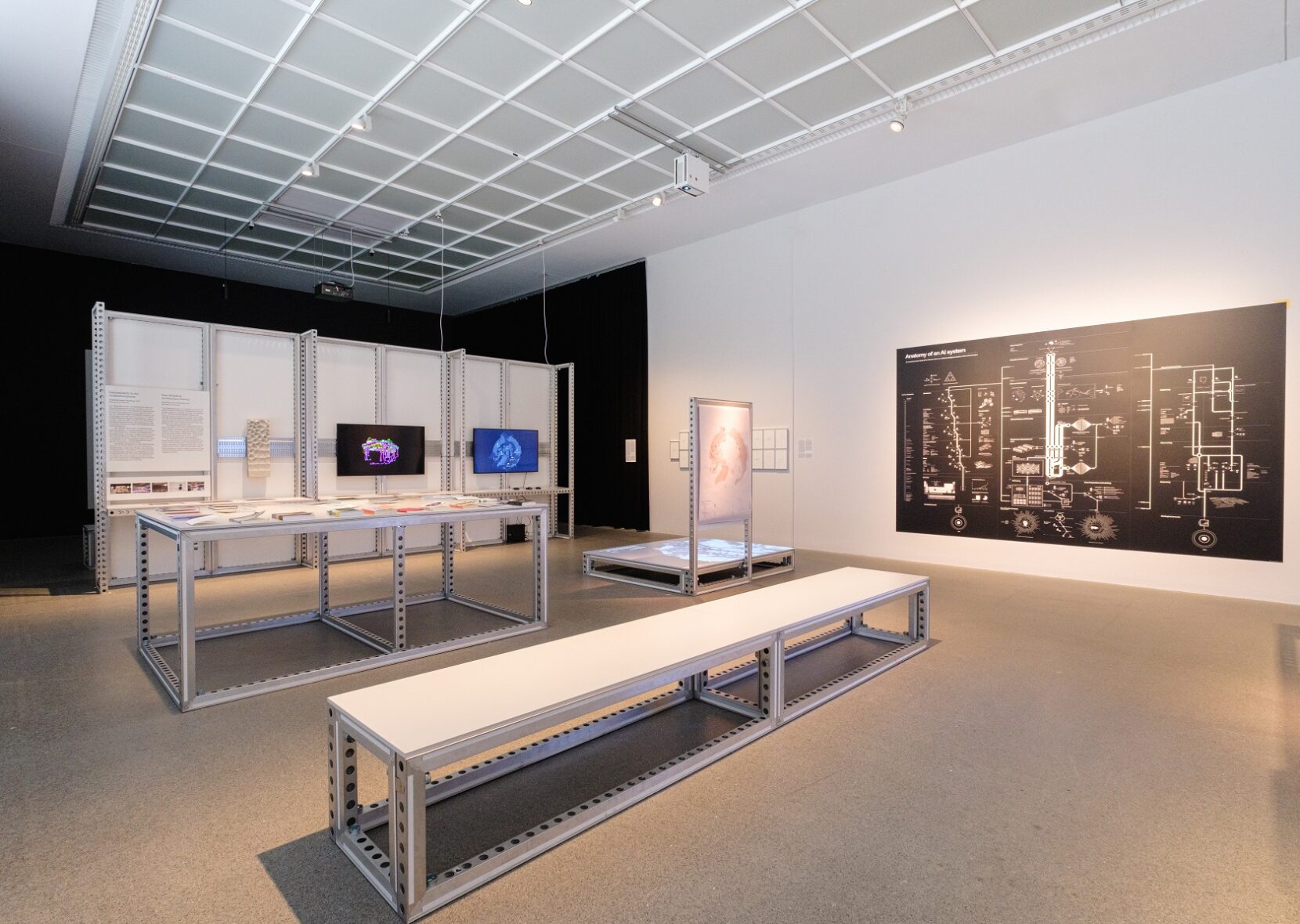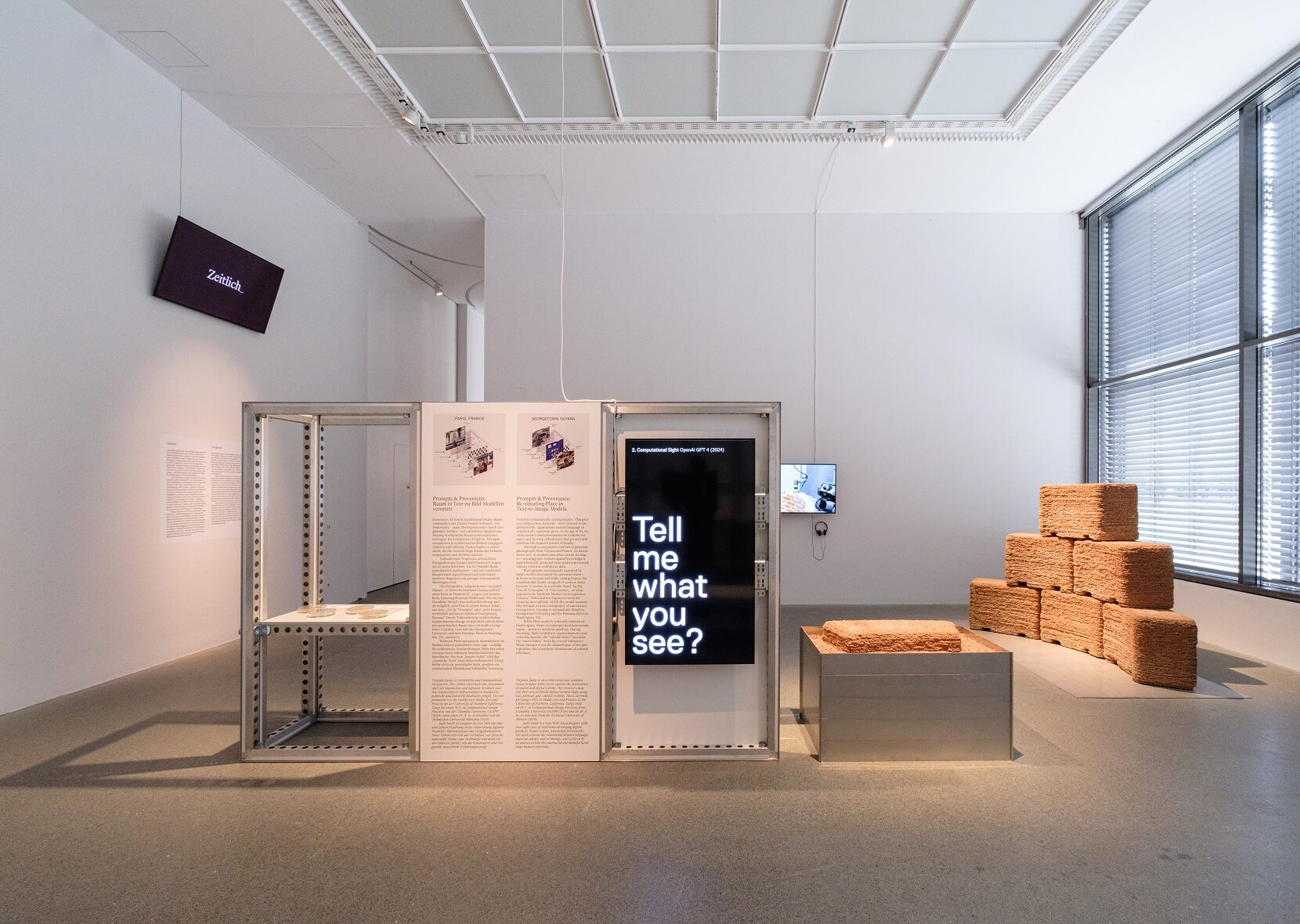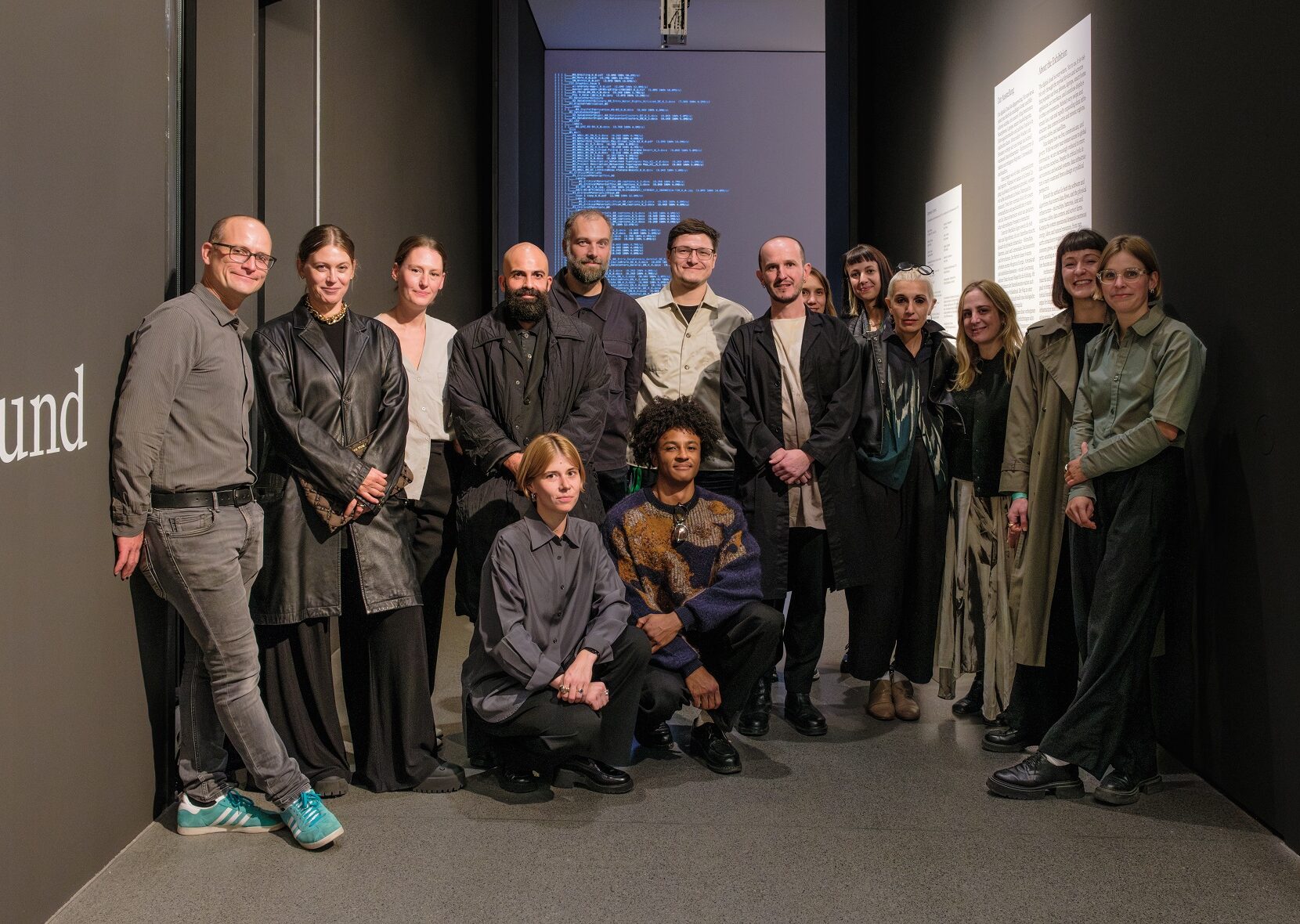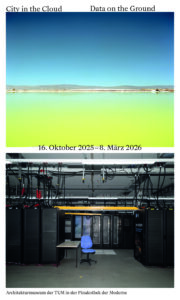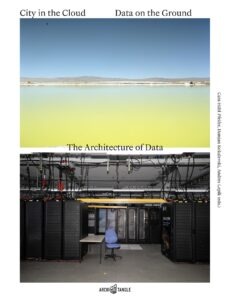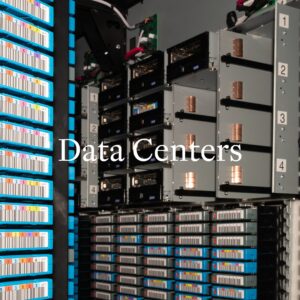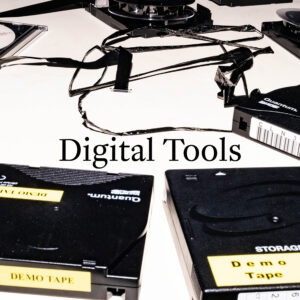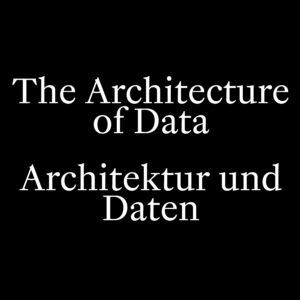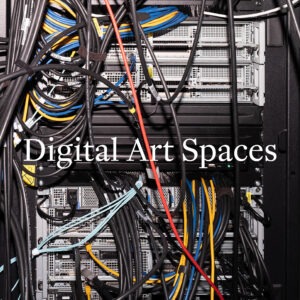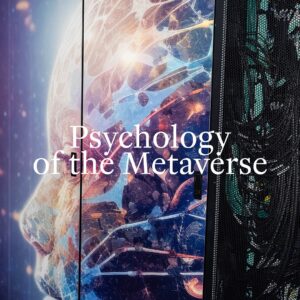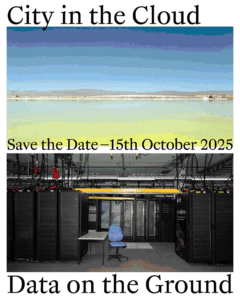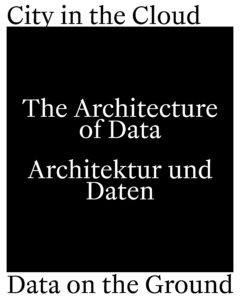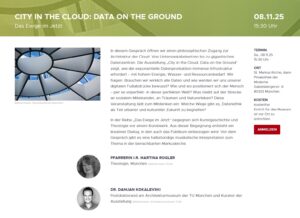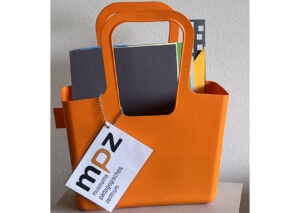City in the Cloud - Data on the Ground
The Architecture of Data
The digital cloud is ubiquitous, yet its precise nature remains elusive. It appears to us through the myriad devices and screens that populate our daily lives: phones, laptops, smart home appliances, car interfaces, and countless displays in urban environments. Behind every swipe and stream lies a vast and rapidly expanding data infrastructure: data centers in cities and remote regions, undersea cables, and satellites. These largely invisible structures shape how we live, communicate, and govern, while consuming immense amounts of land, energy, and raw materials.
Despite their impact, data infrastructures are rarely discussed from architectural or political perspectives. Architectural research can reveal these hidden material and political entanglements. That is our goal: to shed light on the cloud, from its historical foundations to future possibilities, and to argue for integrating the design and planning of data infrastructure more closely into societal and political awareness.
The exhibition is organized around three themes: Elemental – Spatial – Temporal and it unfolds through a series of guiding questions.
What is the cloud made of?
The first chapter uncovers the elements of the cloud. We look deep into the sea, tracing submarine cables that today carry more than 95% of global communication. From the first transatlantic telegraph cable in the 19th century to today’s planetary fiber networks, these infrastructures reveal geopolitical and colonial entanglements. Objects from the Deutsches Museum illustrate this history from scientific and material perspectives.
This chapter then turns to data centers, which are emerging as the new seats of power. Far from being neutral containers, they are massive consumers of energy and fresh water while occupying increasingly vast areas of land. With the exponential growth of artificial intelligence (AI), the demand for these facilities is accelerating. The exhibition highlights their architectural presence, their political dimensions, and their environmental costs, with case studies from Germany and abroad, including the Munich-based Leibniz Supercomputing Centre in Garching.
Is data the new currency?
Data has become the driver of new forms of extraction. The expansion of data economies depends on critical raw materials such as lithium, copper, cobalt, and tin. This chapter examines lithium and tin mining in detail, two of the most sought-after materials, focusing on the impact that these extractive practices have on local ecosystems and communities. We specifically address the struggle for water rights at one of the largest lithium mines in the Atacama Desert in Chile and look at the environmental and societal price being paid for tin mining on Bangka Island in Indonesia. We also explore the efforts to secure lithium and other critical raw materials in Europe. By tracing these material flows, the exhibition questions the real price we need to pay for the data economy.
Is the city more than a computer?
The so-called smart city uses data to “optimize” and “manage” complexity. This section explores how urban environments are reshaped by digital systems and asks: what if data were used to empower citizens instead of serving surveillance capitalism? A case study developed in collaboration with the Munich Digital Twin proposes data as public infrastructure and a tool for civic engagement.
The exhibition also dedicates a chapter to the transformation of architectural practice through data modelling, machine learning, and AI, opening new debates on how data reshapes the design, construction, and dismantling of buildings.
To keep or let go of data?
Given the increasing demands for electricity, water, and the enormous production of e-waste, deciding what we keep and what we let go of has become a political act. In an age of excessive backup and storage practices, questions of what data we preserve and under what conditions have become urgent. Digital archives play a crucial role in shaping historical accounts, while AI training raises new questions about bias, access, and memory. Can we distinguish between noise and valuable information in this vast ocean of data, and can we navigate black boxes and data biases ethically?
This chapter invites reflection on how data infrastructures affect remembering and forgetting, and how architectural work is bound to digital systems. It asks how we might care for data in the future, how we let go of what no longer serves, and how we design beyond the logic of infinite storage.
Curator: Damjan Kokalevski
Research Advisor: Marina Otero Verzier
Research and Photography: Giulia Bruno
Photography: Catherine Hyland
Curatorial Assistants: Ramona Kornberger, Leo Paulmichl, Māra Starka
Public Program Coordinator: Sarolta Szatmári
Student Assistant: Yuval Ehud
Exhibition Design: CP WH
Graphic Design/ Motion: Wiegand von Hartmann
Interactive Exhibits: 3e8.studio
This exhibition is supported by: PIN. Freunde der Pinakothek der Moderne e.V. and their cooperation partner Allianz.
Cooperation Partners: Deutsches Museum, and Digital Twin Munich by the City of Munich, Department of Communal Services, and GeodataService, Leibniz Supercomputing Centre of Bavarian Academy of Science and Humanities
Corporate Sponsor: beMatrix Germany GmbH
Publication
City in the Cloud - Data on the Ground
The exhibition is accompanied by a catalogue published by ArchiTangle and edited by Cara Hähl-Pfeifer, Damjan Kokalevski, and Andres Lepik. It is available in the Cedon Museum Shop.
To the publication
